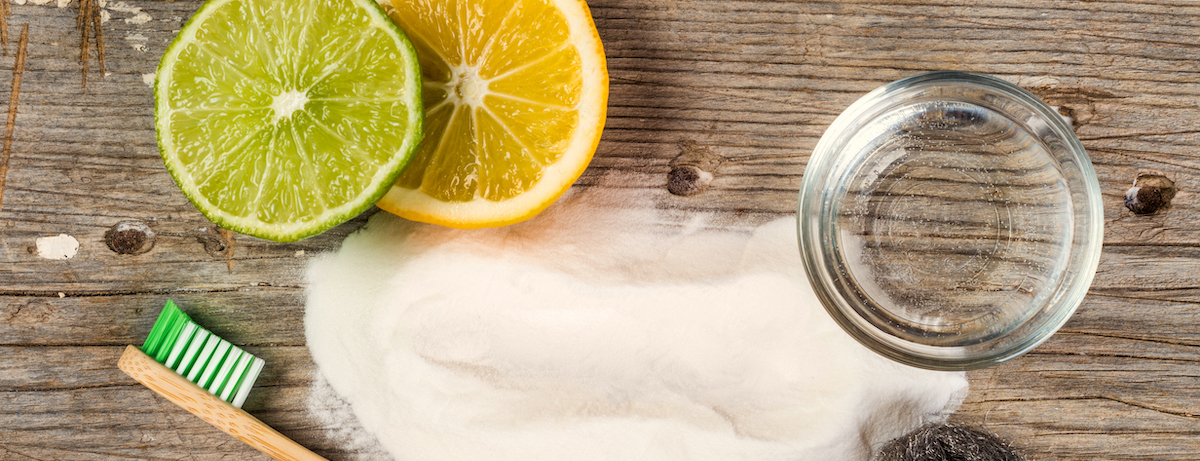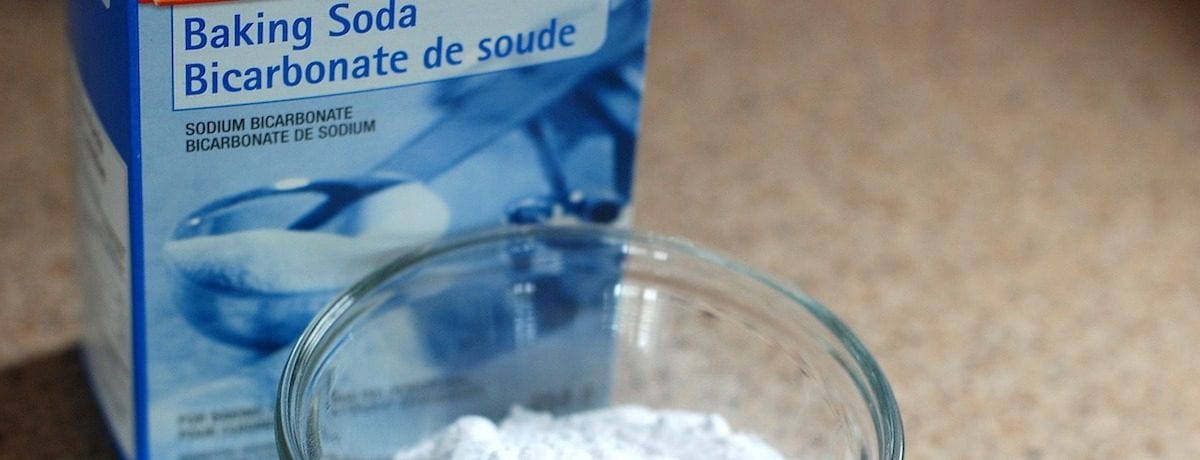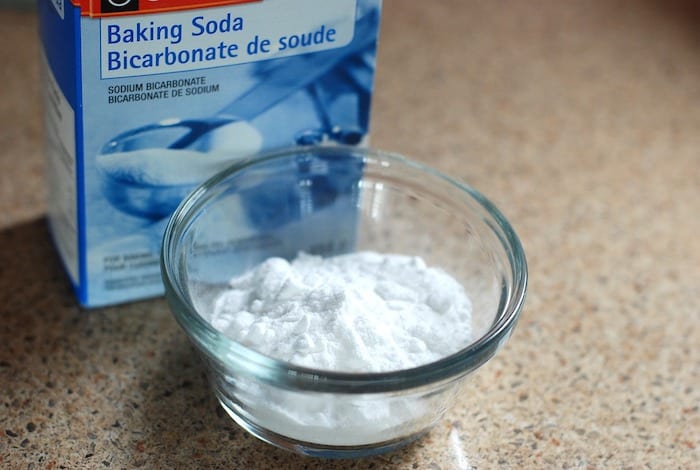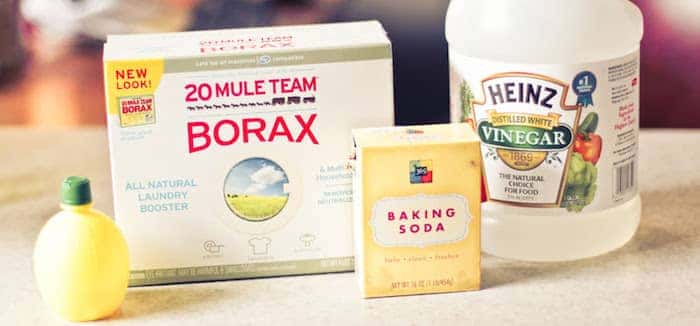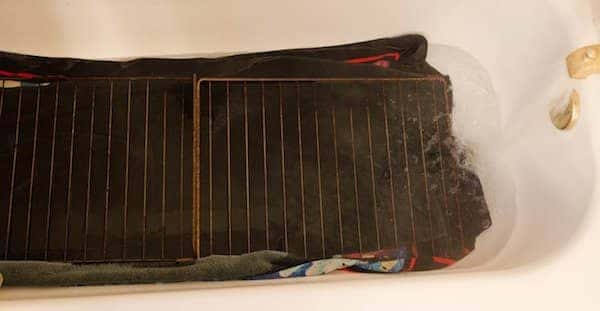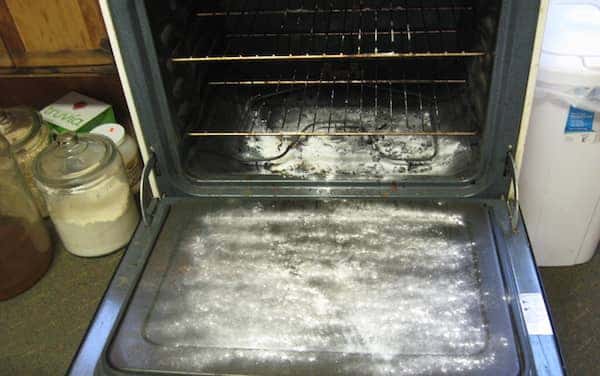An oven is must-have kitchen equipment for roasting and baking, but after months of use, it tends to get dirty. The food particles and grease build-up and turn into carbon, releasing a potent burning smell when in use. You should learn how to clean an oven even if it has self-cleaning capabilities because it doesn’t always get the job done.
You can use commercial oven cleaners or more natural options like lemon or baking soda and vinegar. The following are the steps on how to clean an oven quickly to make you an efficient and better baker.
Cleaning an Oven with Baking Soda and Vinegar
- Take anything removable out of the oven before you start cleaning including all the racks, temperature gauges, kitchen foils, and pizza stones.
- Mix half a cup of baking soda and three tablespoons of vinegar in a bowl until you get a thick paste-like solution. Add water until you get the right consistency.
- Using a clean paintbrush, apply the solution inside the oven but do not cover the heating elements. Make more paste if it runs out and work on the dirty areas. Don’t forget to clean the interior glass if it is dirty.
- Once you are done spreading the baking soda and vinegar paste inside the oven, leave it for about twelve hours – this is enough time for the mixture to break down the grime stuck inside your oven.
- Turn your attention to the parts that you removed from the oven. You can clean your oven racks in the sink, but if they are too big, clean them in a larger vessel such as a tub. You’ll need warm water, a quarter cup of dish soap and a scouring pad to wash the oven racks. Soak the racks in warm water for about two hours, rinse them off with clean water and scrub with a scouring pad. Use the baking soda and vinegar solution to clean the broiler drawer and the pan.
- After the 12 hours have elapsed, take a clean wet cloth (make sure that it is not dripping) and clear off the dried baking soda and vinegar paste. If you get harder bits that are stuck together, break them off using a plastic spatula and clean with the wet cloth. Avoid using a metal spatula because it will scratch off the finish inside your oven.
- Mix half a cup of white vinegar with two cups of water and spray inside your oven. The left-over baking soda and vinegar paste will start foaming, making it easy to wipe off.
- Using a moist cloth, clean away the residue vinegar. Take another wet dishcloth and use it to wipe off the remaining baking soda and vinegar. Spray more vinegar on the stubborn spots until you get it completely off. You’ll start to see the inside of your oven shining. Do the same for the boiler drawer (if you had cleaned it with the paste) until its completely clean.
Allow the oven and the racks to dry and put everything back to its rightful place. If you use your oven frequently, clean it once every three months.
How to Clean an Oven with Commercial Cleaners
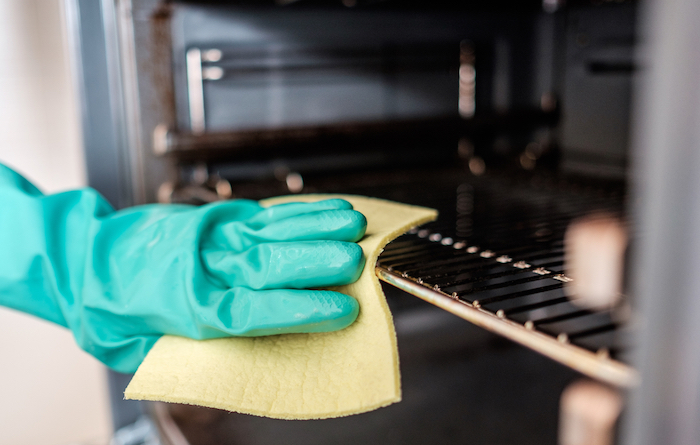
- Empty the oven by taking out all the removable items and set them aside so you can clean them later.
- Lay paper towels or old newspapers on the floor around the oven to catch any grime and cleaner that drip once you start cleaning. Once you’re done cleaning the oven, you’ll not have to mop the floor; instead, you’ll throw out the soiled paper towels or newspapers.
- Put on protective glasses and rubber gloves and open the windows. Read the instructions and start spraying the inside of the oven with the cleaner. Commercial cleaners work fast and are super active but they have a lot of chemicals, that’s why you have to protect yourself with protective glasses and rubber gloves.
- Depending on the oven cleaner brand, set the timer until the grime is saturated. Most commercial oven cleaners take twenty-five to thirty-five minutes to get the job done, but you should check the instructions for the time indicated. Do not allow pets and small children to come into the kitchen when cleaning, they’ll be exposed to the fumes, and this can be dangerous.
- Take the racks and the other removable parts outside or to a well-ventilated area for cleaning. Put them inside a large plastic garbage bag and spray them down with the cleaner and tie at the top. Again, read the instructions to know how long you’ll need to soak them.
- Once your timer goes off, wipe the interior of the oven with damp dish towels. Get all the cleaner and grime out and pay close attention to the corners and crevices. Use a sponge to work on the stubborn areas.
- Get the racks from the garbage bags and rinse them off in a sink or bathtub depending on their size. Use warm soapy water to get rid of the grime and grease but remember to wear the safety glasses and gloves the entire time.
Your oven should be sparkling clean but be sure to set a reminder for next cleaning. So if you use your oven a couple of times a week, clean it once every month. But if you use it a few times a month, clean the oven every three to six months.
And always store the cleaner in a safe place away from children or pets.
Cleaning an Oven with Lemon Juice
Lemon water loosens the grime and leaves the oven clean and fresh.
- Cut two lemons in half and squeeze the juice out into a baking dish. Fill the baking dish with water a third of the way and add the lemon skins. Cleaning with lemons is easy because you don’t have to remove the racks for effective cleaning. Lemon works fast by softening the grime on the racks and the inside of the oven.
- Preheat your oven, and once it heats up, place the baking dish for about 30 minutes. Don’t be alarmed if your oven starts to smoke, just open the windows and the oven fan.
- Turn off the oven after the thirty minutes and let it cool down. Take a scouring pad and scrub away the loosened grime. Apply pressure on the tougher stains, or you can substitute the scouring pad with a silicone spatula. Dip the scouring pad in the lemon and keep scrubbing until there’s no grime left. Work on the inside of the oven and the racks.
- Take a clean towel and dry the inside of the oven. If some parts are still dirty, clean them with a scouring pad.
How to Keep Your Oven Clean
- Before you bake or roast something in the oven, line the base with oven sheet or regular kitchen foil and the bottom of your oven will stay clean.
- Use cooking bags when roasting meat, this minimises the amount of fat that drips inside the oven.
- Always remove the tray when checking the food to avoid spreading grease inside the oven.
- When you’re done baking or roasting, put a heat resistant bowl of water inside and heat for twenty minutes on high temperature. The steam loosens the grease and when the oven cools, wipe with a paper towel.
Call the Professionals
Cleaning an oven can be a messy affair, but if you have the time and dedication, you can use the information on this article to keep your oven clean. But if cleaning an oven is too much work for you, you can look for oven cleaners near you. They should clean the inside and outside of your oven, leaving it sparkling clean and smelling fresh.
FAQs on How to Clean an Oven
How do I clean the outside of my oven?
You can use warm soapy water and a towel to wipe the top, sides, and outsides of an oven. You can also make a water and vinegar solution, a quarter cup of vinegar and two cups of water, then gently clean the top, sides, and front using a cloth.
How do you clean the stubborn stains?
Soak the racks in a baking soda and vinegar solution overnight. Use a wet sponge, a toothbrush and a scouring pad to clean the dirt in the hard to reach places.
How do I clean my oven if the heating element is at the bottom?
If your oven’s heating element is at the bottom, caution should be observed when cleaning to avoid harming the heating element. Create a baking soda and water paste, carefully spread it around the interior and use a clean cloth to wipe the heating element.
What is the easiest way to clean an oven?
You can use either commercial cleaners or the more natural options to clean your oven. Commercial cleaning agents are fast-acting and clean your oven in no time, but they have chemicals. The more natural alternatives such as lemon or baking soda and vinegar are effective, they have no chemicals but take longer to clean.


